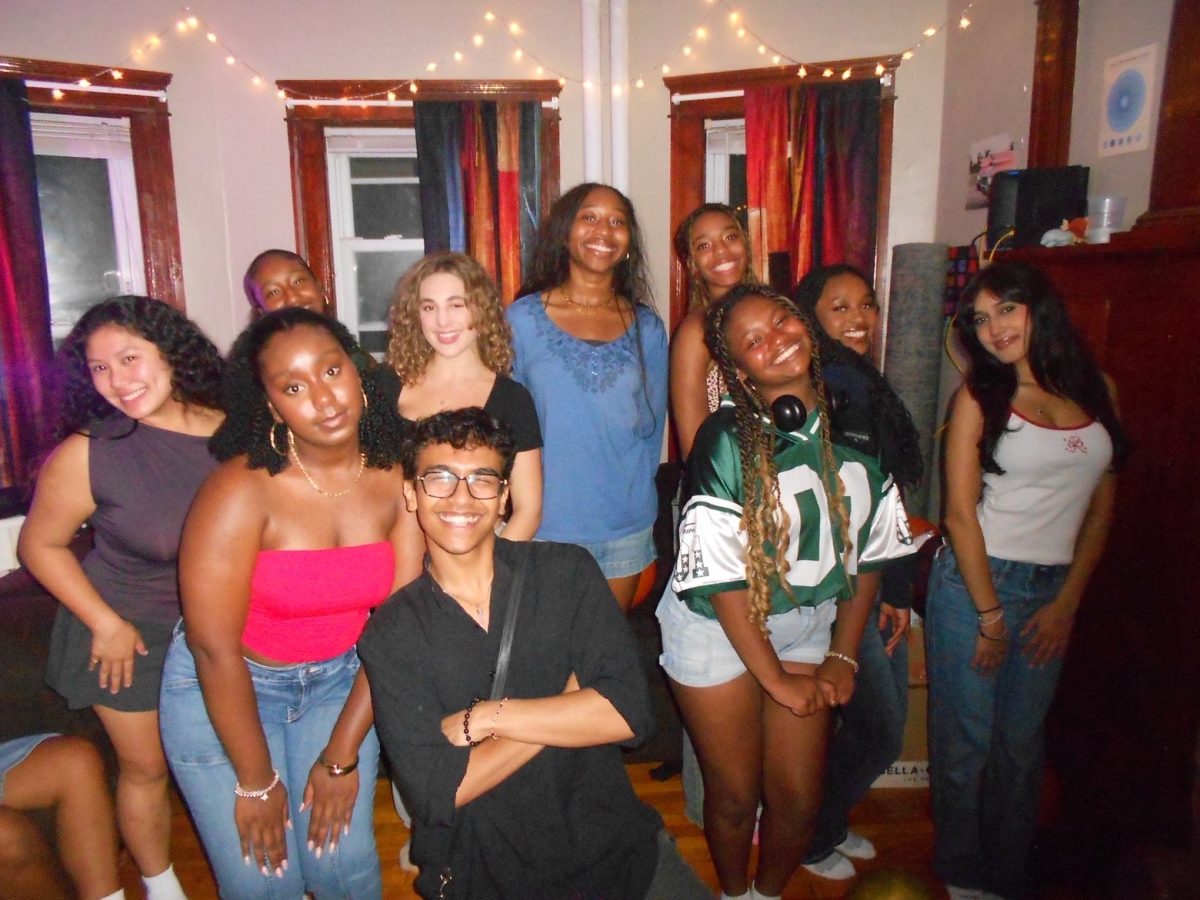The beauty of music is that it transcends language and social perception, and it helps us express our emotions in secret or elaborate ways.
Bolero music has been a statement style in the musical culture of many Hispanic countries since its beginning. Originating from Eastern Cuba, the music made its way into all Latin cultures. Some of the most popular bolero groups are Los Panchos, Los Tres Ases, and Los Tres Caballeros. Bolero’s main goal in style is the showing of love, passion, care and admiration of feminine beauty. It has captivated all generations that listen and sing it. To most people, it was an integral part of their childhood and an expression of affection.
The band Daniel, Me Estás Matando proudly embodies this style which is lost in the new era of reggaeton; they bring back the essence of innocent love. They mix a soft and acoustic sound with beats that are created through digital instruments, modernizing this sound for every generation to enjoy. They create rules and break them in their videography, instrumentals and storytelling, giving them a distinguished and beautiful sound.
According to Spotify, Daniel, Me Estás Matando’s first public release came out in 2018 as a single titled “¿Què Se Siente Que Me Gustes Tanto?” which translates to “How does it feel that I like you so much?” This song takes us through a confession of love which is sung by Daniel Zepeda, the main vocalist. Some of the most impactful and “delicious” lyrics in the song are “Tus ojos tienen algo que me deja pensativo/ Y si te doy mi vida/ Y no es de tu medida, amor/ Verás que el mejor sastre/ Es hacer un desastre con mi corazón,” which have gained popularity on YouTube Music, growing their fanbase. As innocent and blissful as most of their songs are, they also dive into the heartbreak that love brings.
Their upcoming album includes a small video series depicting a relationship between a man and a woman, and how it all falls apart after seeming so perfect and intact. This new album has also allowed the other half of the group to develop their voice and tell their own stories. Ivan De la Rioja, who mostly works on the instrumentals, shows confidence in performing this new project. The persona he has created helps this project expose the “dark side” of relationships, the part no one sees.
Time is a concept that the band plays with in the first music video of their upcoming album. It begins with a flashback of simple hugs and ambiance of warm tones in a home when there was happiness and trust. Then, time skips to the male protagonist being interrogated by Daniel and Ivan, playing investigators. He is beat up and the room is isolated, filled with just a mirror and camera. The beats of the song drop creating a moment of realization of guilt. There are no words from the characters – all they do is go to the beat of the song, playing with running positions and light. The female protagonist is only shown by her back, and her face is a memory that the male protagonist can not grab a hold of. Through the lyrics of the song, time is repeated and given further importance with “Y no sé si llevan tiempo / O el tiempo se las lleva,” translating to “And I don’t know if they take time / Or if time takes them.” The lyrics consider whether it will take time for you to heal yourself or if time will heal you in its way.
The second video gives the spotlight to Ivan. This song shifts from an electronic beat to a salsa, and the liveliness that this style contains is brought by two people dancing to it. In the music video, there is a theme of “Blanc et Noir,” making the story more dramatic towards the aspect of treason and lustful desire that the characters can build. The protagonist in search of the girl he “loves” only finds himself learning that she has moved on and is building the life he wanted with her with someone else. This rollercoaster of emotions is only captured further with the recent releases of music videos this band has put together.
The band has exponentially grown in the past few years and has done shows in South America, Central America, and Spain. Collaborations with other artists have also helped them grow and have allowed their fans to encounter new types of artists such as Mon Laferte, Caloncho, Elsa y Elmar and, most recently, Rita Payés. The impact their music is having on the new generation of Spanish music listeners is big and creates a bond between them and older generations. It also reminds people that nothing is ever too old or too cliché to make a comeback and that boleros will always capture our hearts.





Mimi ~ Oct 13, 2023 at 11:33 pm
I LOVE THIS!!!!!
Julia Cafarella ~ Oct 13, 2023 at 9:34 pm
Ok now I AM definitely going to listen to these songs. They have so much meaning I didn’t even know about. This article must be written by a wonderful writer because it is so beautifully written.